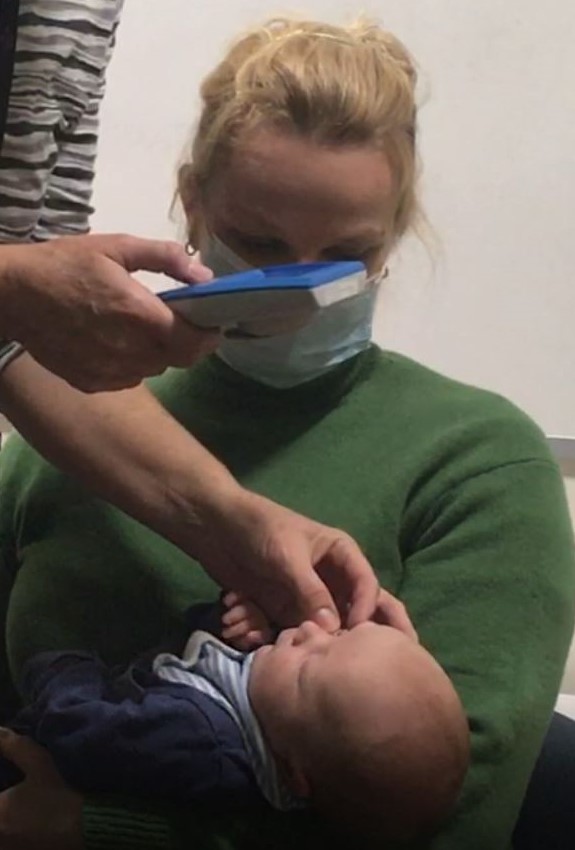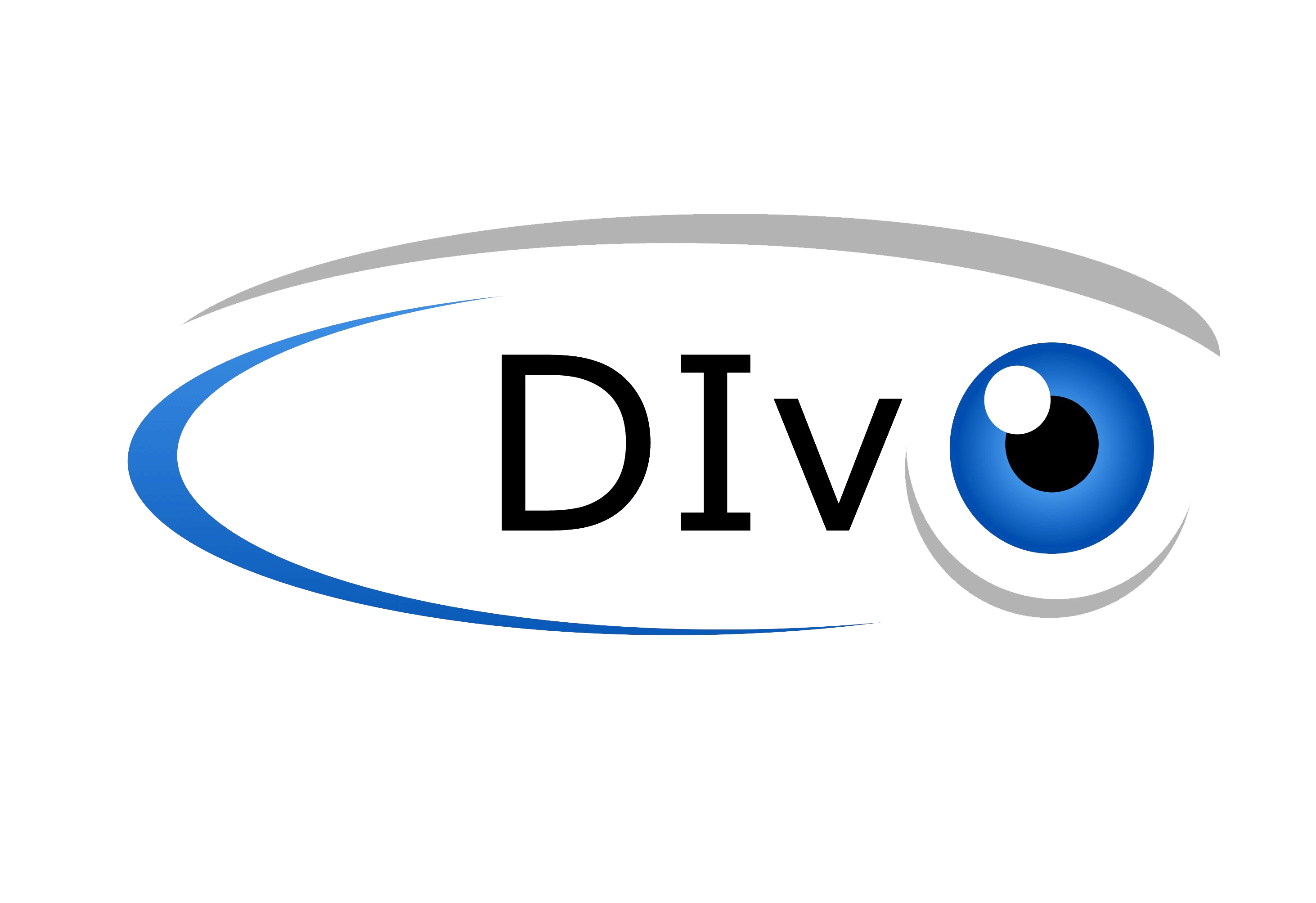 The Neocam digital imaging device being used in this study looks a bit like a supermarket barcode scanner.
Neocam uses infra-red light, which is one of the many colour components of normal light and harmless to the eye. Infra-red light is commonly used in baby and home video monitors
and remote-control devices. Earlier studies have indicated that using pure infra-red improves the accuracy of cataract assessment (see the references below).
The Neocam digital imaging device being used in this study looks a bit like a supermarket barcode scanner.
Neocam uses infra-red light, which is one of the many colour components of normal light and harmless to the eye. Infra-red light is commonly used in baby and home video monitors
and remote-control devices. Earlier studies have indicated that using pure infra-red improves the accuracy of cataract assessment (see the references below).

Infra-red light is invisible and there is no pupil constriction or avoidance response. The reflection from the back of the eye is bright and consistent regardless of the amount of eye pigmentation.
Infra-red light is invisible and there is no pupil constriction or avoidance response. The reflection from the back of the eye is bright and consistent regardless of the amount of eye pigmentation.
 An example of infra-red imaging of the eyes is shown here.
An example of infra-red imaging of the eyes is shown here.
- the pupils remains large, making any abnormality easier to see
(the tiny bright white dots are the normal reflections of light
from the surface of each eye)
- there is a bright infra-red reflex from the normal eye on the right of the picture
- the eye on the left (indicated by the arrow) has a cataract, seen as a dark area in the centre of the infra-red reflex.
REFERENCES
Duret A, Humphries R, Ramanujam S, Te Water Naudé A, Reid C, Allen LE.
The infrared reflex: a potential new method for congenital cataract screening. Eye (Lond). 2019 Jul 2. doi: 10.1038/s41433-019-0509-9.
Mndeme FG, Mmbaga BT, Kim MJ, Sinke L, Allen L, Mgaya E, Bastawrous A, MacLeod D, Burton MJ, Gilbert C, Bowman R.
Red reflex examination in reproductive and child health clinics for early detection of paediatric cataract and ocular media disorders: cross-sectional diagnostic accuracy and feasibility studies from Kilimanjaro, Tanzania.
Eye (Lond). 2020 Jun 16. doi: 10.1038/s41433-020-1019-5 . Epub ahead of print. PMID: 32546747
Duret A, Humphries R, Ramanujam S, Te Water Naudé A, Reid C, Allen LE.
The infrared reflex: a potential new method for congenital cataract screening. Eye (Lond). 2019 Jul 2. doi: 10.1038/s41433-019-0509-9.
Mndeme FG, Mmbaga BT, Kim MJ, Sinke L, Allen L, Mgaya E, Bastawrous A, MacLeod D, Burton MJ, Gilbert C, Bowman R.
Red reflex examination in reproductive and child health clinics for early detection of paediatric cataract and ocular media disorders: cross-sectional diagnostic accuracy and feasibility studies from Kilimanjaro, Tanzania.
Eye (Lond). 2020 Jun 16. doi: 10.1038/s41433-020-1019-5 . Epub ahead of print. PMID: 32546747
